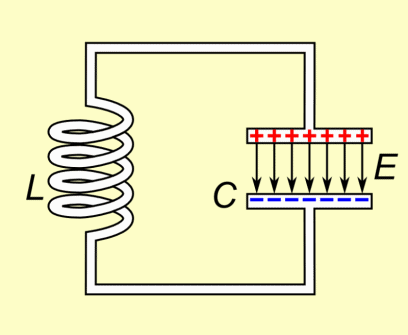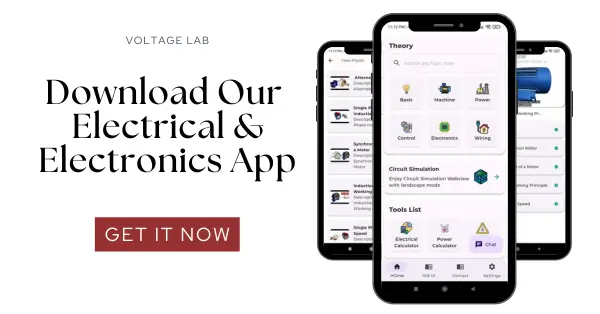
A capacitor is an electrical component that stores and releases energy in the form of an electric field. When connected with an inductor, it creates oscillations of energy between electric and magnetic fields, forming the basis of tuned circuits and signal processing applications.
Key Components:
- Capacitor (C): Stores electrical energy in an electric field between two conductive plates separated by an insulator (dielectric).
- Inductor (L): Stores energy in a magnetic field when current flows through its coil.
- Electric Field (E): Represents the flow of charge between the capacitor plates — positive on one plate and negative on the other.
Working Principle:
When the circuit is energized, the capacitor charges through the inductor, building up an electric field.
Once fully charged, it begins to discharge, transferring its stored energy into the inductor. The inductor then creates a magnetic field as current flows through it.
As the magnetic field collapses, the energy flows back into the capacitor with reversed polarity, and the cycle continues — forming an oscillating exchange of energy between the capacitor and the inductor.
This continuous charging and discharging process forms the basis of LC oscillations, which are widely used in radio transmitters, filters, and resonance circuits.
Tip:
Always use capacitors with the correct voltage and capacitance ratings for your circuit to avoid overheating or failure. For AC applications, ensure you use non-polarized capacitors for safe operation.



